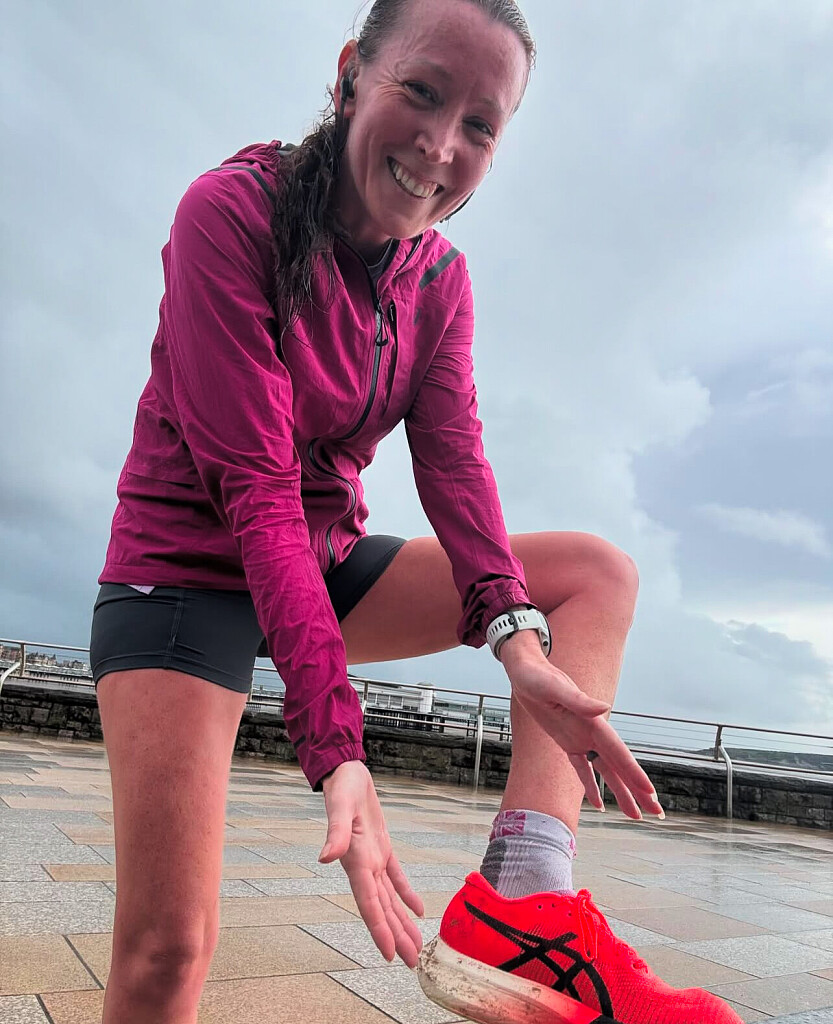Running News Daily
Running News Daily is edited by Bob Anderson. Send your news items to bob@mybestruns.com Advertising opportunities available. Train the Kenyan Way at KATA Kenya and Portugal owned and operated by Bob Anderson. Be sure to catch our movie A Long Run the movie KATA Running Camps and KATA Potato Farms - 31 now open in Kenya! https://kata.ke/
Index to Daily Posts · Sign Up For Updates · Run The World Feed
Stretch Your Way to Stronger, Injury-Free Running
Flexibility is a key component of staying injury-free and running strong. It refers to how much your muscles and soft tissues can stretch, and incorporating the right type of stretching at the right time can make a significant difference in your performance and recovery. Whether you’re gearing up for a run or winding down afterward, understanding how to stretch properly can help you move more efficiently and feel better overall.
Why Flexibility Matters for Runners

Running puts your muscles, tendons, and ligaments through repetitive stress, causing them to tighten over time. Without adequate flexibility, this tightness can lead to imbalances, inefficient running mechanics, and eventually, injuries. Stretching not only helps maintain the range of motion needed for an efficient stride but also improves circulation, enhances posture, and promotes quicker recovery.

But not all stretching is created equal. There are two primary types—dynamic and static—each with a specific purpose depending on when you stretch.
Two Types of Stretching: When and Why to Use Them
Dynamic Stretching: Pre-Run Prep
Dynamic stretching involves continuous movement through a full range of motion, mimicking the activity you’re about to do. Think of it as “waking up” your muscles, increasing blood flow, and priming your body for action.
Why it matters:
• Improves circulation and muscle elasticity
• Enhances running mechanics and posture
• Reduces the risk of injury by preparing muscles for impTry these dynamic stretches before your next run:
1. Leg Swings:Stand next to a wall for balance and swing one leg forward and backward in a controlled motion. Do 10-15 swings per leg.
2. High Knees:March or jog in place, lifting your knees to hip height. Aim for 30 seconds.
3. Walking Lunges:Step forward into a lunge, keeping your front knee aligned with your ankle. Alternate sides for 10-12 reps.
Static Stretching: Post-Run Recovery
Static stretching involves holding a position for 30 to 90 seconds, allowing your muscles to relax and lengthen. Since static stretching can temporarily reduce power and muscle strength, it’s best done after your run, when your goal is recovery rather than performance.
Why it matters:
• Reduces muscle tightness
• Promotes relaxation and recovery
• Enhances long-term flexibility
Add these static stretches to your cool-down:
1. Hamstring Stretch:Sit with one leg extended, the other foot against your inner thigh. Reach for your toes and hold for 30-60 seconds per side.
2. Calf Stretch:Stand facing a wall with one foot forward and the other extended behind you. Press your heel into the ground and hold for 30 seconds per leg.
3. Seated Forward Fold:Sit with both legs extended and reach toward your toes, keeping your back straight. Hold for 30-60 seconds.
Building Flexibility into Your Routine
Incorporating stretching into your routine doesn’t require a lot of time, but consistency is key. Try these tips to make flexibility training a habit:
• Pre-run:Spend 5-10 minutes on dynamic stretches to activate your muscles.
• Post-run:Dedicate another 5-10 minutes for static stretching to cool down and relax.
• Off days:Consider yoga or Pilates for an extra flexibility boost.
The Takeaway: Stretch Smart, Run Strong
Stretching isn’t just an add-on—it’s a vital part of staying strong, balanced, and injury-free. By using dynamic stretches to prepare your body for movement and static stretches to aid recovery, you’ll be better equipped to enjoy every run and keep pushing toward your goals.
Make flexibility a non-negotiable part of your training, and your body will thank you—mile after mile.
by Boris Baron
Login to leave a comment




